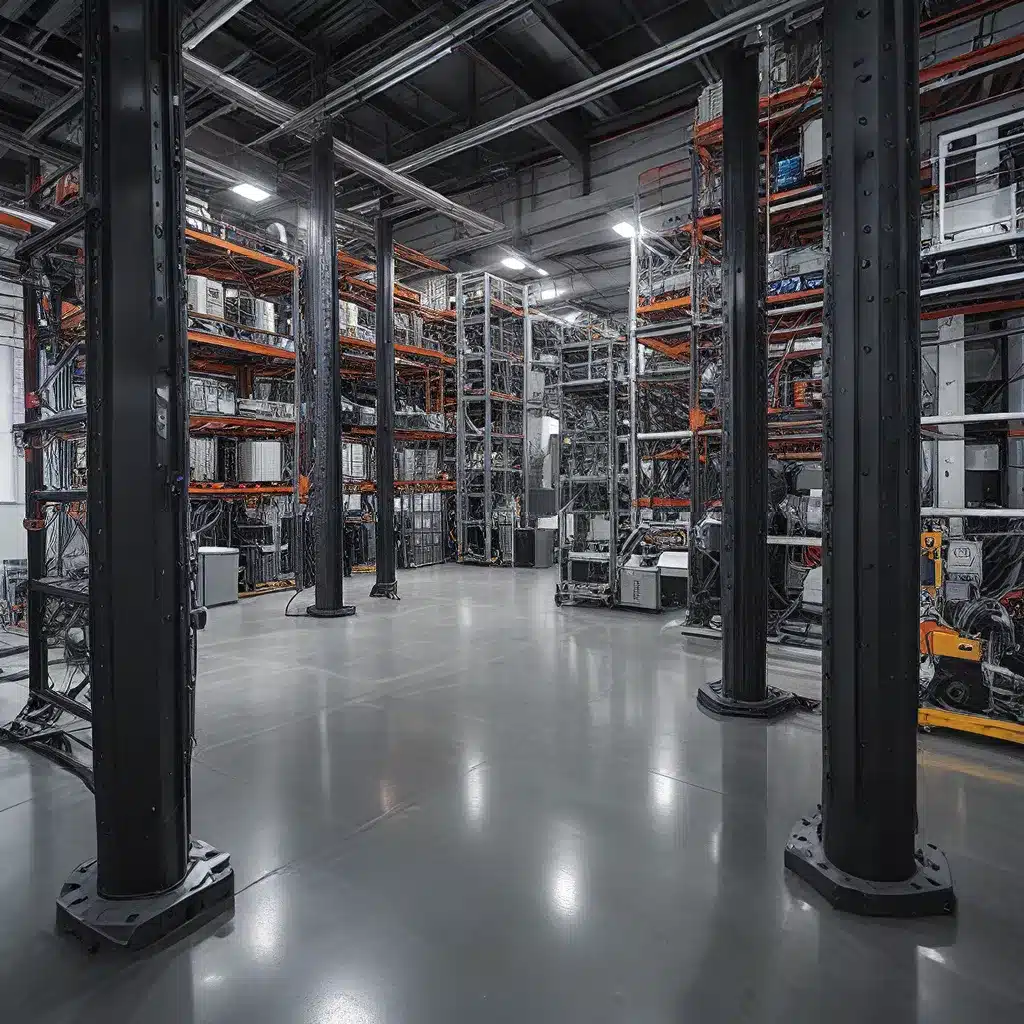
The rapid advancements in sensor networks and Internet of Things (IoT) technologies have revolutionized the industrial landscape, enabling a new era of smart, interconnected factories and production environments. Sensor-driven Industrial IoT has emerged as a pivotal paradigm, empowering industries to harness the power of real-time data, automated decision-making, and predictive maintenance. However, as these systems become increasingly complex and distributed, ensuring their reliability and resilience has become a critical challenge.
Enhancing Reliability through Distributed Algorithms
To address the reliability concerns in sensor-driven Industrial IoT, researchers and industry experts have turned to distributed algorithms as a promising solution. These algorithms leverage the decentralized nature of IoT networks to enhance fault tolerance, load balancing, and self-healing capabilities.
Fault-Tolerant Sensor Network Topologies
One of the key aspects of ensuring reliability in sensor-driven Industrial IoT is the design of fault-tolerant network topologies. Mesh networks, for example, offer redundancy and self-healing capabilities, allowing sensor nodes to dynamically reroute data packets in the event of node or link failures. By employing distributed consensus algorithms, such as Gossip protocols or Blockchain-based approaches, these networks can maintain data integrity and availability even in the face of disruptions.
Recent studies have explored the implementation of distributed consensus algorithms to enhance the reliability of Industrial IoT deployments. These algorithms enable sensor nodes to collectively verify and validate the data, ensuring data integrity and preventing potential security breaches**.
Dynamic Load Balancing
Another critical aspect of reliability in sensor-driven Industrial IoT is the efficient utilization of resources, such as computational power, storage, and network bandwidth. Distributed load balancing algorithms can play a crucial role in this regard, dynamically allocating tasks and workloads among sensor nodes and edge devices.
Researchers have proposed multi-agent-based load balancing approaches, where sensor nodes and edge devices collaborate to monitor their own resource utilization and negotiate task assignments. This self-organizing behavior helps to avoid hotspots, optimize overall system performance, and enhance reliability in the face of fluctuating workloads.
Adaptive Sensor Reconfiguration
In sensor-driven Industrial IoT, the dynamic nature of the environment and the potential for sensor failures or degradation can pose significant challenges to system reliability. Distributed algorithms for adaptive sensor reconfiguration can address these issues by enabling sensor nodes to continuously monitor their own health and adapt their functionality accordingly.
Recent advancements in distributed sensor fusion and self-organization algorithms have enabled sensor nodes to collectively detect and diagnose anomalies, reconfigure their sensing and communication capabilities, and maintain reliable data collection and transmission even in the presence of sensor degradation or environmental changes.
Securing Sensor-driven Industrial IoT
Alongside the reliability concerns, the security of sensor-driven Industrial IoT systems is of paramount importance. Distributed cryptographic algorithms and blockchain-based approaches have emerged as promising solutions to address the unique security challenges in these environments.
Researchers have proposed distributed key management schemes that leverage elliptic curve cryptography and lightweight authentication protocols to protect sensor data and prevent unauthorized access. Additionally, blockchain-based approaches have been explored to ensure data integrity, traceability, and non-repudiation in sensor-driven Industrial IoT systems.
Energy-Efficient Sensor Networks
The energy consumption of sensor nodes and IoT devices is a crucial factor in ensuring the long-term sustainability and reliability of sensor-driven Industrial IoT systems. Distributed power management algorithms can play a vital role in optimizing the energy efficiency of these networks.
Innovative approaches have been developed, such as duty-cycling algorithms, energy harvesting techniques, and cooperative data offloading strategies, to minimize the energy consumption of sensor nodes while maintaining reliable data collection and transmission.
The Future of Sensor-driven Industrial IoT
As the sensor-driven Industrial IoT landscape continues to evolve, the integration of distributed algorithms and advanced analytics will play a pivotal role in enhancing the reliability, security, and sustainability of these systems. Sensor networks, edge computing, and cloud-based platforms will converge to enable real-time decision-making, predictive maintenance, and optimized resource utilization in the smart factories of the future.
Sensor Networks and their integration with Industrial IoT will continue to be a driving force in transforming the manufacturing landscape, improving operational efficiency, and ensuring the reliability of critical industrial processes.